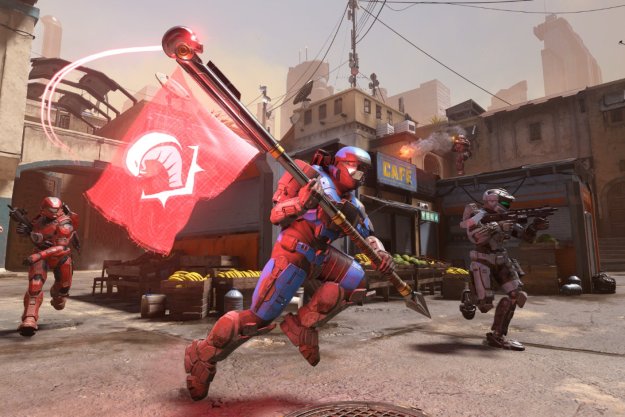Activision revealed more information on the upcoming Call of Duty: Mobile, a free-to-play entry in the popular shooter franchise for iOS and Android.
Call of Duty: Mobile was unveiled in March as a mobile game that combines maps and characters from across the Call of Duty franchise. The announcement trailer hyped up the game because it looked like it was running smoothly,
The publisher, in an official blog post, said that after players choose between a Match, a Rank Match with experience points and rewards, and a Private Match that only friends can join, they will select the game mode.
The first modes to be revealed for Call of Duty: Mobile are Free-For-All, which is the classic deathmatch; Team Deathmatch, which pits opposing teams against each other; Frontline, a race between teams to reach a certain score; Hardpoint, in which players capture and hold the hardpoint to score; and Domination, in which players capture and hold certain locations to score.
Free-For-All will support eight players, while the other four modes will support up to 10 players.
Activision also highlighted five of the seven revealed maps for Call of Duty: Mobile, namely Crossfire, Crash, and Killhouse from Call of Duty 4: Modern Warfare; Standoff, which originally debuted in Call of Duty: Black Ops II but was also part of Call of Duty: Black Ops III as Outlaw; and Firing Range, from the original Call of Duty: Black Ops and last seen in Call of Duty: Black Ops 4. The other two known maps in the mobile game are Nuketown, first seen in Call of Duty: Black Ops, and Hijacked, originally from Call of Duty: Black Ops II.
Activision also said that Call of Duty: Mobile will not only feature multiplayer modes. The publisher promised that additional modes will be revealed in the future, which may include a single-player component.
Also featured in Activision’s blog post are the game’s main menu, highly customizable controls, and the flexibility provided by the Loadout menu.
Pre-registration for Call of Duty: Mobile is now open in North America, South America, Europe, and certain territories through the game’s official website. The first closed beta test started this week in India, to be followed soon by a regional beta test in Australia. There is no word yet on when the beta will be available in the U.S.
Editors' Recommendations
- This satisfying $7 mobile puzzle game is money well spent
- Call of Duty: Warzone Mobile is out to eliminate mobile gaming’s stigma
- All Call of Duty games in order, by release date and chronologically
- Hogwarts Legacy beats out Call of Duty to become 2023’s bestselling game
- These Activision Blizzard games need to come to Xbox Game Pass this year


